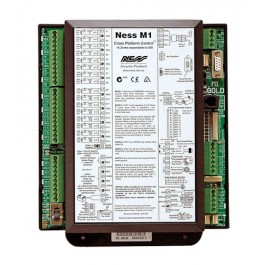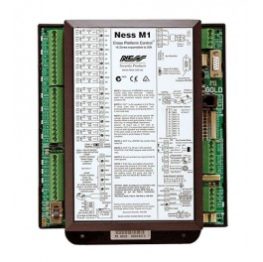Building Automation

All modern building automation systems have alarm capabilities. It does little good to detect a potentially hazardous or costly situation if no one who can solve the problem is notified. Notification can be through a computer (email or text message), pager, cellular phone voice call, audible alarm, or all of these. For insurance and liability purposes all building automation systems keep logs of who was notified, when and how.
Alarms may immediately notify someone or only notify when alarms build to some threshold of seriousness or urgency. At sites with several buildings, momentary power failures can cause hundreds or thousands of alarms from equipment that has shut down – these should be suppressed and recognized as symptoms of a larger failure. Some sites are programmed so that critical alarms are automatically re-sent at varying intervals. For example, a repeating critical alarm (of an uninterruptible power supply in ‘bypass’) might resound at 10 minutes, 30 minutes, and every 2 to 4 hours thereafter until the alarms are resolved.
- Common temperature alarms are: space, supply air, chilled water supply, hot water supply.
- Pressure, humidity, biological and chemical sensors can determine if ventilation systems have failed mechanically or become infected with contaminants that affect human health.
- Differential pressure switches can be placed on a filter to determine if it is dirty or otherwise not performing.
- Status alarms are common. If a mechanical device like a pump is requested to start, and the status input indicates it is off, this can indicate a mechanical failure. Or, worse, an electrical fault that could represent a fire or shock hazard.
- Some valve actuators have end switches to indicate if the valve has opened or not.
- Carbon monoxide and carbon dioxide sensors can tell if concentration of these in the air are too high, either due to fire or ventilation problems in garages or near roads.
- Refrigerant sensors can be used to indicate a possible refrigerant leak.
- Current sensors can be used to detect low current conditions caused by slipping fan belts, clogging strainers at pumps, or other problems.
Showing the single result


